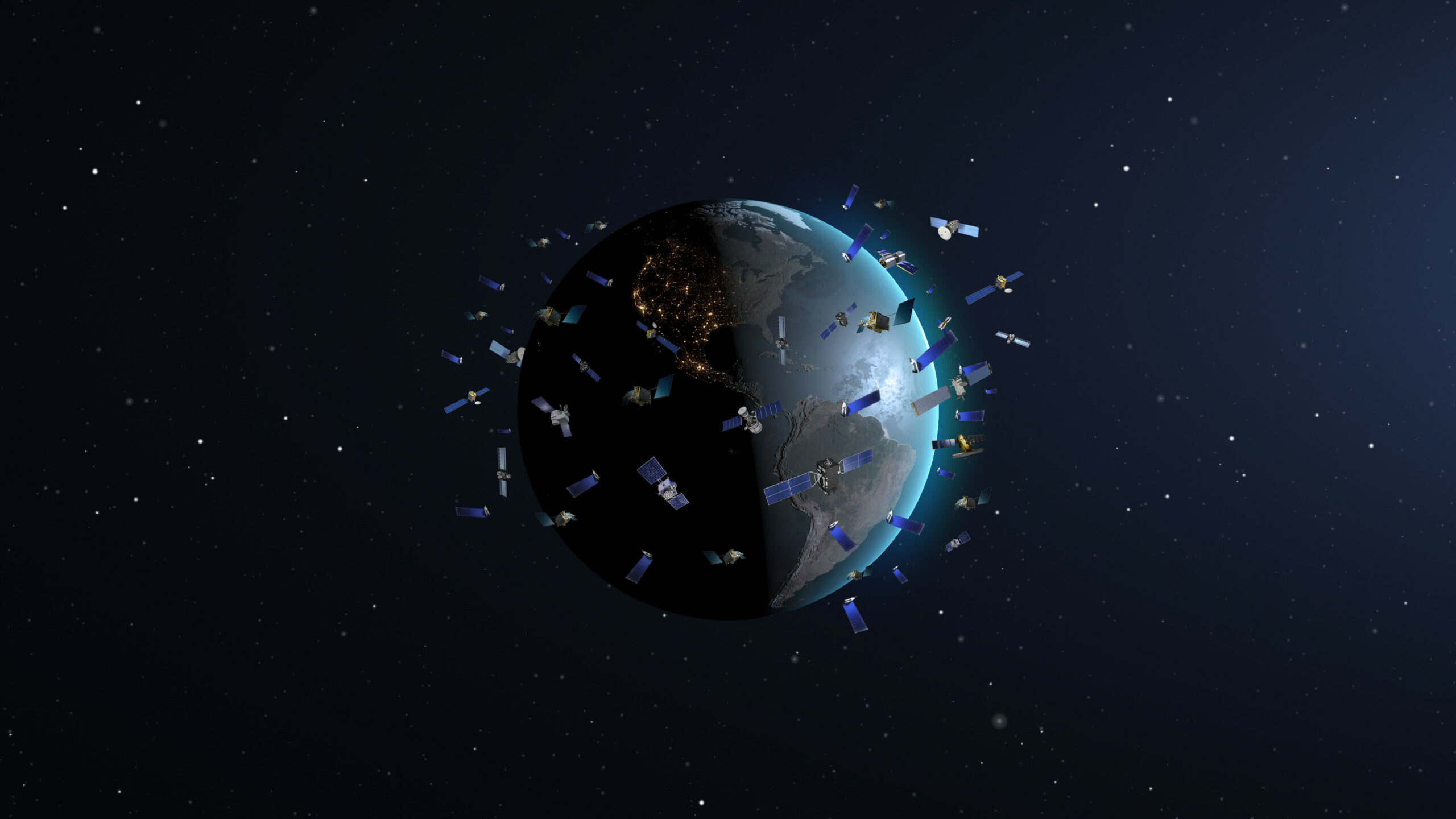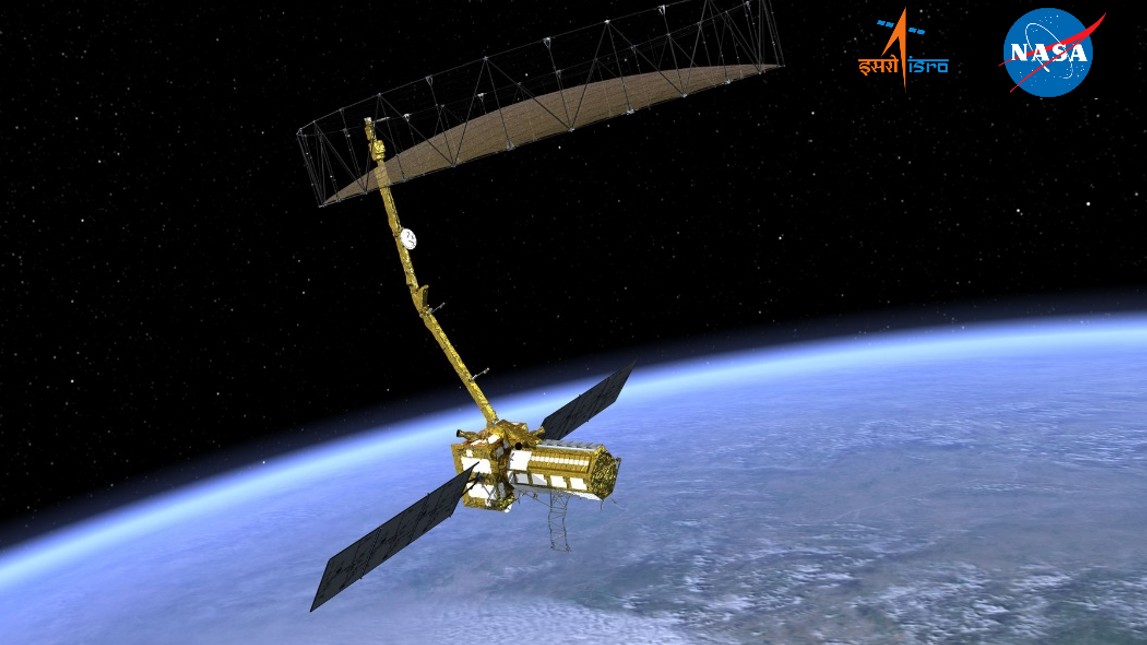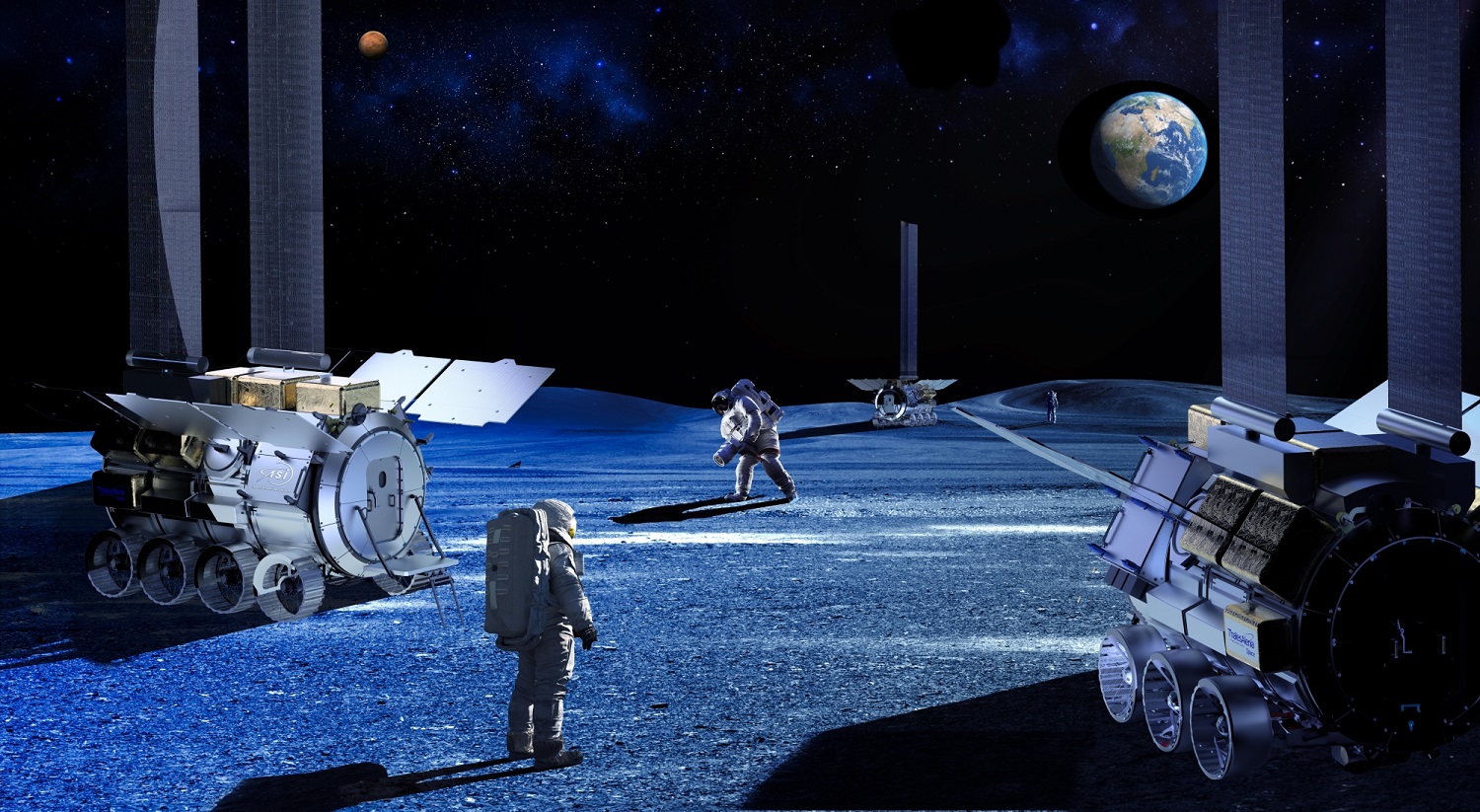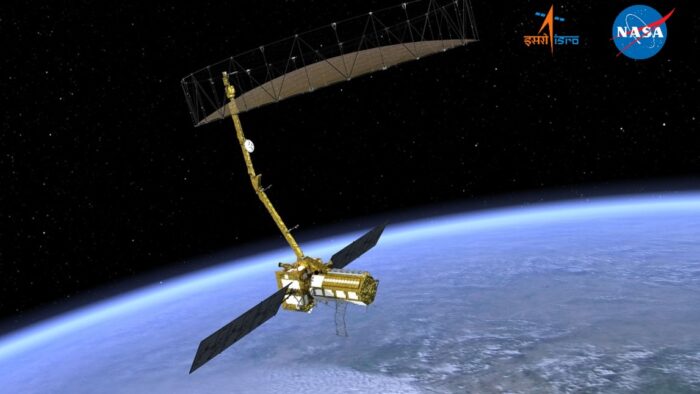Insider Brief
- Researchers at the Aerospace Information Research Institute, Chinese Academy of Sciences, have developed a satellite navigation method using ambient signals from commercial Low Earth Orbit (LEO) constellations like Starlink and Iridium NEXT.
- The system uses inexpensive wide-beam antennas and a time-frequency inversion algorithm to extract pseudo-range and Doppler measurements, achieving 3.6-meter 2D and 6.2-meter 3D accuracy without relying on proprietary signals.
- The technique, validated in real-world tests, offers a resilient, scalable, and low-cost alternative to traditional GNSS, particularly in obstructed environments, with potential applications in autonomous systems, disaster response, and industrial asset tracking.
A team of researchers from the Aerospace Information Research Institute at the Chinese Academy of Sciences claims to have a new method to improve satellite navigation accuracy using ambient signals from commercial Low Earth Orbit (LEO) satellites.
According to researchers, the system, which bypasses traditional navigation signals, achieves positioning accuracy within 3.6 meters in 2D and 6.2 meters in 3D using inexpensive wide-beam antennas and a novel time-frequency inversion algorithm.
“This work marks a key step toward accessible, accurate navigation using commercial satellite constellations,” said lead author Dr. Ying Xu in a statement. “By integrating Doppler and pseudo-range measurements and introducing a flexible precision metric, we can now harness Starlink and Iridium NEXT signals for high-precision positioning, even without access to proprietary signal structures. The proposed low-cost architecture opens new possibilities for resilient navigation in GPS-denied environments.”

Traditional Global Navigation Satellite Systems (GNSS) such as GPS face performance issues in obstructed environments like urban canyons or forests, where signal reflections and blockage degrade precision. To address this, the team turned to Signals of Opportunity (SOP), emissions from satellites like Starlink and Iridium NEXT that are not originally designed for navigation but are widely available and increasingly pervasive.
The research, published in the journal Satellite Navigation, introduces a joint pseudo-range and Doppler positioning technique that reconstructs navigation data without relying on real-time satellite ephemeris or clock data. The system uses Low-Noise Block (LNB) wide-beam antennas to simultaneously receive multiple LEO signals. These signals are processed through an algorithm that estimates transmission time and frequency, generating usable pseudo-range and Doppler data.
Real-world testing confirmed the method’s efficacy, even over long baselines. When applied to Starlink Doppler signals, the system reached sub-10-meter positioning. Combining Doppler with Iridium NEXT pseudo-range inputs, the method showed significant performance gains over previous techniques, reducing errors by more than 35%.
The researchers also introduced a new metric, Equivalent Position Dilution of Precision (EPDOP), to measure the accuracy of positioning under various conditions and mixed input types. This allowed for performance evaluation even when the available satellite data was imprecise, as is often the case with public datasets like Two-Line Element sets (TLEs).
The low-cost, low-power architecture offers a viable alternative in environments where GNSS may be compromised or unavailable. The ability to derive accurate navigation data from weak and unstructured SOPs suggests broad utility for autonomous vehicles, drones, disaster response, and industrial asset tracking, researchers propose. With commercial LEO constellations growing rapidly, the method scales easily and could serve as a robust fallback or complement to traditional systems.
Greg Bock
Greg Bock is an award-winning investigative journalist with more than 25 years of experience in print, digital, and broadcast news. His reporting has spanned crime, politics, business and technology, earning multiple Keystone Awards and a Pennsylvania Association of Broadcasters honors. Through the Associated Press and Nexstar Media Group, his coverage has reached audiences across the United States.
Share this article:










